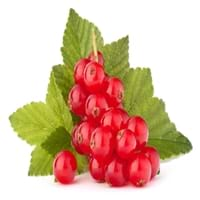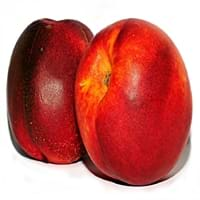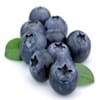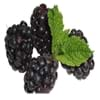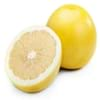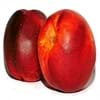Health Benefits
Cancer prevention, Gout treatment, Heart care, Regulation of heart rate, Treatment of rheumatism
Cancer prevention, Heart care
General Benefits
Anti oxidant properties, Controls blood pressure, Cures fever, Digestive aid, Healing of wounds, Helps in weight loss, Strengthens bones
Anti oxidant properties, Boosts immune system, Digestive aid, Eye care, Helps in weight loss, Maintains healthy cholesterol level
Skin Benefits
Brightens and lightens complexion, Reduces wrinkles, Treatment of acne
Anti-aging benefits, Reduces wrinkles, Skin rejuvenation
Hair Benefits
Protects hair
Protects hair
Allergy Symptoms
Abnormally rapid heart rate, Anaphylaxis, Breathing difficulty, Hives, Itching, Swallowing difficulties
Anaphylaxis, Asthma, Breathing difficulty, Diarrhea, Hives, Itching, Itchy eyes, Skin rash, Sneezing, Swelling of mouth, tongue or lips, Tingling sensation in mouth, Vomiting, Watery eyes, Wheezing
Side Effects
Possibly unsafe during pregnancy
Allergic reaction, Headache, Nausea
Best Time to Eat
Best if taken as a breakfast (or empty stomach), As a snack in the late afternoon, Don't eat after meal, Morning time (before lunch)
Best if taken as a breakfast (or empty stomach), As a snack in the late afternoon, Eat the fresh ones, avoid mixing with any other foods, don't eat after meal., Morning time (before lunch)
Vitamin B5 (Pantothenic Acid)
Vitamin C (Ascorbic Acid)
Vitamin K (Phyllochinone)
Calories in Fresh Fruit with Peel
Calories in Fresh Fruit without Peel
Not Available
Not Available
Calories in Frozen Form
Not Available
Not Available
Calories in Canned Form
Not Available
Not Available
Season
Summer
Autumn, Summer
Varieties
Rovada, Stanza, Red Lake, Junifer and Jonkheer van Tets
Arctic Jay, Artic Rose, Artic Star, Armking, Desert Dawn, Fairlane, Fantasia, Silver Lode, Snow Queen, Stanwick and Stark Sunglo
Color
Red
Orange, Pink, Red, Yellow
Soil Type
Moist, Well-drained
Sandy loam
Climatic Conditions
Cold
Sunny, Warm
Facts about
- The albino version of red currants known as white currants, are often sold as different fruit.
- Red currant tea is healthy substitute for coffee.
- There are more than 150 varieties of red currants.
- The name ‘nectarine’ is with reference to the sweet food the gods eat, ‘nectar’.
- Nectarines are sometimes called ‘shaved peaches’ because their skin is smooth with no fuzz.
Spirits
Yes
Not Available
Top Producer
Russia
China
Other Countries
Belgium, France, Germany, Ireland, Italy, Netherlands, Poland, Portugal, Scotland, Spain, Sweden, United Kingdom
Argentina, Chile, Egypt, Greece, Iran, Italy, Spain, Turkey, United States of America
Top Importer
Germany
Germany
Top Exporter
Russia
Spain
Botanical Name
Ribes rubrum
Prunus persica
Synonym
Not Available
Not Available
Subkingdom
Tracheobionta
Tracheobionta
Division
Magnoliophyta
Magnoliophyta
Class
Magnoliopsida
Magnoliopsida
Order
Saxifragales
Rosales
Family
Grossulariaceae
Rosaceae
Species
R. rubrum
P. persica
Generic Group
Saxifrage
Rose
Difference Between Red Currant and Nectarine
We might think that Red Currant and Nectarine are similar with respect to nutritional value and health benefits. But the nutrient content of both fruits is different. Red Currant and Nectarine Facts such as their taste, shape, color, and size are also distinct. The difference between Red Currant and Nectarine is explained here.
The amount of calories in 100 gm of fresh Red Currant and Nectarine with peel is 56.00 kcal and 44.00 kcal and the amount of calories without peel is Not Available and Not Available respectively. Thus, Red Currant and Nectarine belong to Low Calorie Fruits and Low Calorie Fruits category.These fruits might or might not differ with respect to their scientific classification. The order of Red Currant and Nectarine is Saxifragales and Rosales respectively. Red Currant belongs to Grossulariaceae family and Nectarine belongs to Rosaceae family. Red Currant belongs to Ribes genus of R. rubrum species and Nectarine belongs to Prunus genus of P. persica species. Beings plants, both fruits belong to Plantae Kingdom.
